In Canada, there are approximately 225,000 goats on about 6,000 farms, according to Statistics Canada, with Ontario having the largest goat population. Consumption of Canadian goat’s milk is higher than that of goat’s milk production. Raising goats is a lucrative business. Goat farming has been gaining momentum for many years under the extreme and semi-deep system for commercial farming.
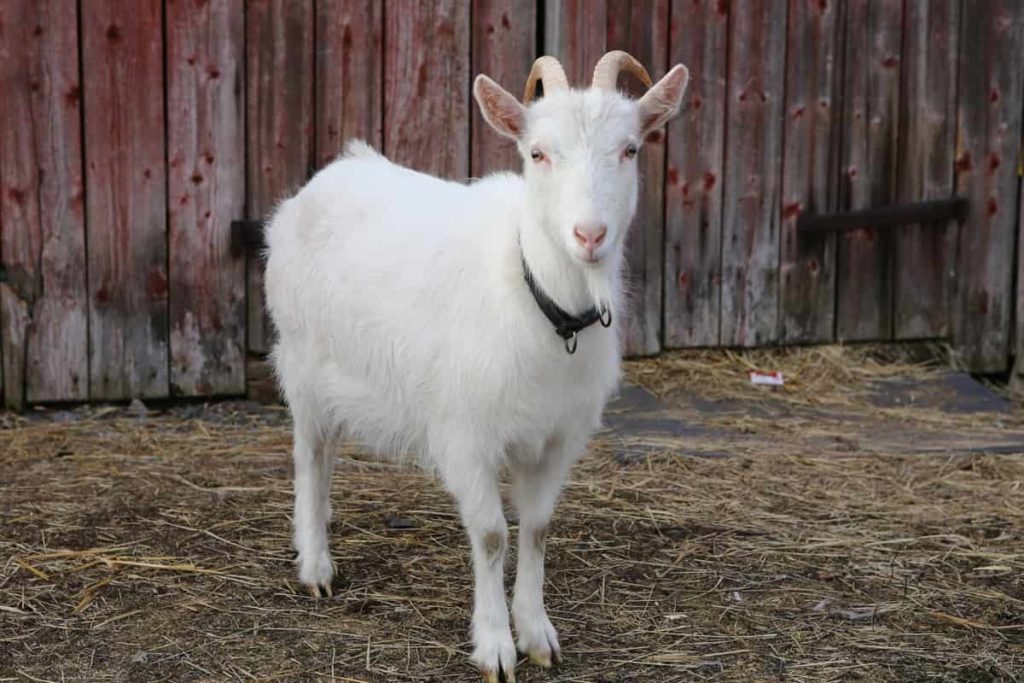
Canada has a strong reputation as a world leader in genetic improvement and animal husbandry. For the goat industry, there are many opportunities to build that reputation, improve services for producers, and better integrate them. Let’s check out more information about profitable goat farming in Canada.
Goat industry in Canada
From the earliest days of the supply of milk, meat, and hair for the family, the goat has evolved into an animal primarily kept for commercial purposes. Goat farming in Ontario has seen steady growth over the past decades. Growing demand for goat milk, cheese, and other dairy products has led to the further professionalization of the goat industry. Approximately 230 commercial dairy farms in Ontario, according to the Ontario Ministry of Agriculture, Food and Rural Affairs (OMAFRA). However, most operations are located in southwestern Ontario, and some Ontario Dairy Goat Cooperative farm producers are in northern and eastern Ontario.
Canada’s goat industries provide many growth opportunities for farmers in many agricultural sectors, including meat, dairy, and fiber. Increased industrial cooperation in genetic services will allow farmers to benefit from better breeding stocks to create a more adaptable, competitive industry. The goat was recently developed as a livestock product in Canada and is still in its infancy.The increase in ethnic population across the country has increased the demand for goat meat. The goat industry produces many products, including red meat, milk, fiber, and skin.
Goats are naturally polite, curious, playful, and friendly. They adapt well to various environments, are productive, and thrive when good food and management methods are provided. Goats are very sociable animals, enjoy human interaction, and are excellent companions for other livestock breeds. Female goats are called does, while males are called bucks. Dairy goat farms can be divided into mainly three types. They are small goat farms with 200 goats, medium-sized farms with 200 to 400 herds, and large operations of up to 1,000 goats.
In case you missed it: Common Mistakes in Goat Farming: For First Time Goat Owners
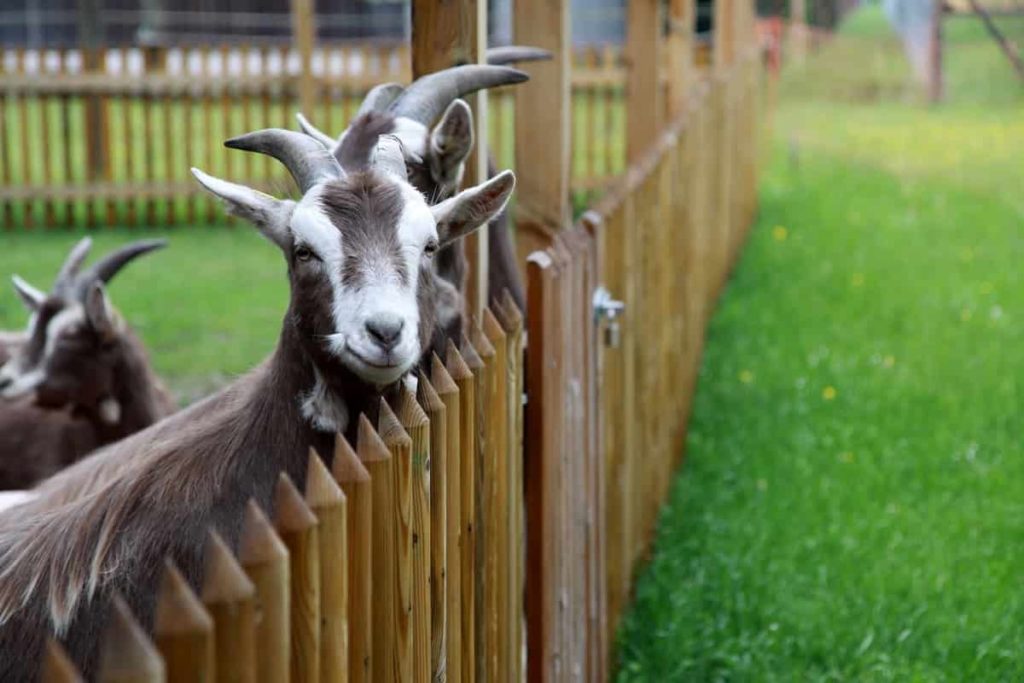
Housing management
Goats can adapt to a wide range of environmental conditions. It can be kept on rough terrain or marginal land, which is not suitable for other types of livestock. They adapt well to the Canadian climate, but they need shelter in the summer and a dry, draft-free warehouse in the winter. Goats can be easy prey by predators and must be protected from harm. Dairy goat farms for commercial purposes range from 150 to 400 goats. Ontario’s largest herd has about 1,200 goats.
At least three-square meters of floor space is allocated for each goat. Because goats are smaller animals than cows, many different buildings are suitable for their habitat. Renovated bank barns, former chicken, hog, cow warehouses, and new facilities have successfully housed goats. Goats enjoy packing beds with straw or sawdust. To handle many animals, goat farmers need to ensure that their setup is as efficient as possible. Creating a safe environment for the goat farming business is essential. Try to create an environment where goats live and grow happily.
It would help if you kept your goats free from predators, harmful animals, and plants. Consider making a good fencing facility: Make a good fence around your farmland. The fence should be long enough for your goats to stay inside safely and keep wild animals and predators out. A fence about five feet high is usually enough for goats. Goats need shelter to rest at night and be protected from rain and cold. So, make suitable shelters for your animals. Goats can usually live in any shed or house. But when building a shelter for your goats, they should be well ventilated and free from drafts. You can make their bed out of straw. The concrete floor is very suitable for goats and easy to maintain. But it is quite expensive.
Feeding
Goats are herbivores animals, and their diet consists of plant matter. They are also known as ruminants: like humans, instead of having only one stomach, they have four separate parts of the stomach, which allow special digestion of different food components. Suitable feeding methods lead to higher milk production, which can be done differently. Goats are fed forages, including hay, corn silage, haylage, and various by-products such as brewer’s grains and beet pulp.
Dry hay can be provided in round bale feeders or a feed alley. Newer and larger operations are more likely to be configured for ensilaged feeds. Dairy goats are supplemented with cereal, which can be domestic or purchased. Contrary to popular belief, goats are very selective about their diet. Goat farmers need the right food formula for healthy growth and high-quality milk and wool production. Below is an example. Stall feeding should be used in conjunction with the feed formula.
- Silage (green fodder from domestic crops) kg/goat should be fed twice a day, 1 kg in the morning and 1 kg in the evening.
- Once a day, any legume fodder or lucerne fodder weighing 500-600 grams per goat.
- Once a day, 200-250 grams/goat/day concentrated feed should be fed.
- Once a day, feed 10 to 15 grams per goat mineral mixture. The feeding procedure is an important part.
In case you missed it: Goat Farming Insurance in India, Companies, Policies, and Premiums
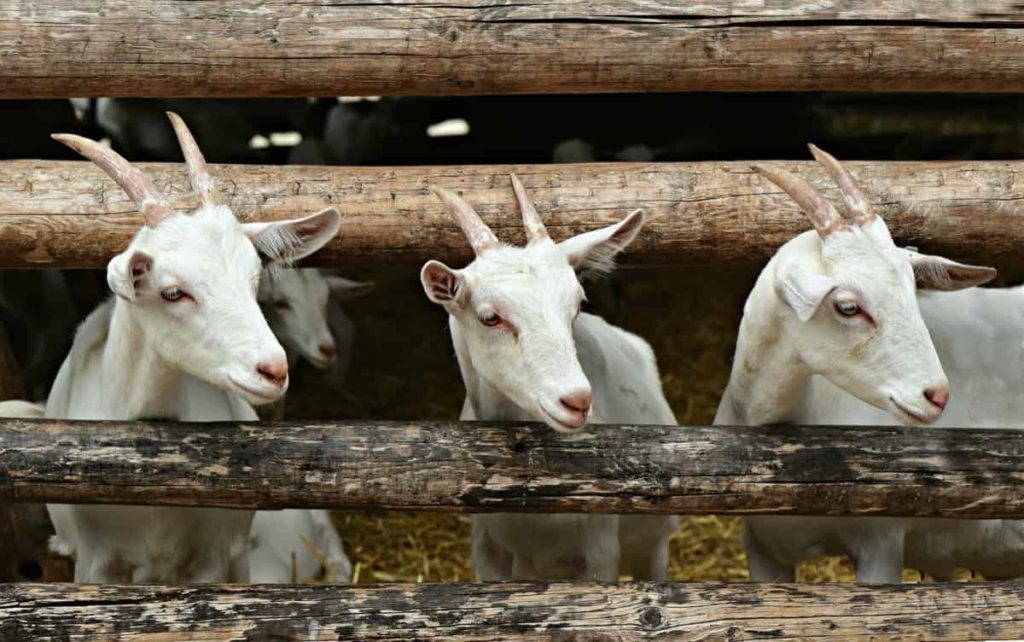
Goat feeding tips
- Four times a day would be the best time to get proper muscle, and the serving area should be at least 1.5 inches above the main floor.
- On the other hand, food should be appropriately used during feeding.
- Excess food also helps you gain more weight. Still, farmers should use natural foods to treat many diseases and not be so expensive for starters. Giving extra food takes some time to gain weight, but breastfeeding is different for pregnant goats.
Shed construction
Instead of taking the goats to pasture, zero-gazing involves giving them green or dry fodder and another rearing in the shelter or goat house. Shed construction is essential for the success of goat farming. The shelter should be built to accommodate the goats you want to keep. The length of the goat barn should be east-west, and the width should be north-south. Sheds are essential to protect goats from the sun, water, and cold. Protect at night from lions and jackals etc., and avoid theft. Above-ground sheds are good for proper management of goat dung which will help control infections and non-communicable diseases. Also, it will be easier for growers to manage goat feed.
Fencing
Fencing for goats is probably more challenging than for other livestock breeds, and some breeds of goats more than others. Curiosity and the ability to climb and make the traditional fence extremely ineffective in keeping adventurous members of the herd within their yard or field boundaries. This same sense of adventure makes barbed wire a dangerous fencing material for goats, especially dairy. Fencing for goats comes in many forms. If the distance is correct, then both are quite successful. Fencing woven wires (chicken wire, page wire, field fencing, hog fencing, etc.) are generally not recommended as bending of fence wires will soon result if goats stand on the fence.
Management facilities for Goat farming
Proper management is essential for the sustainability and profitability of goat production. Each goat farm is organized differently according to the objectives of the operation. Good breeding, kidding, health, and timely food management are key to maximizing profits from goat operations. Many breeds of goats are well adapted to the climate of Manitoba. For goat-kid operation, the facility’s housing needs depend on when the goatherd is having fun.
In case you missed it: Dairy Disease Symptoms and Treatment for Cows, Cattle, Goats, and Sheep
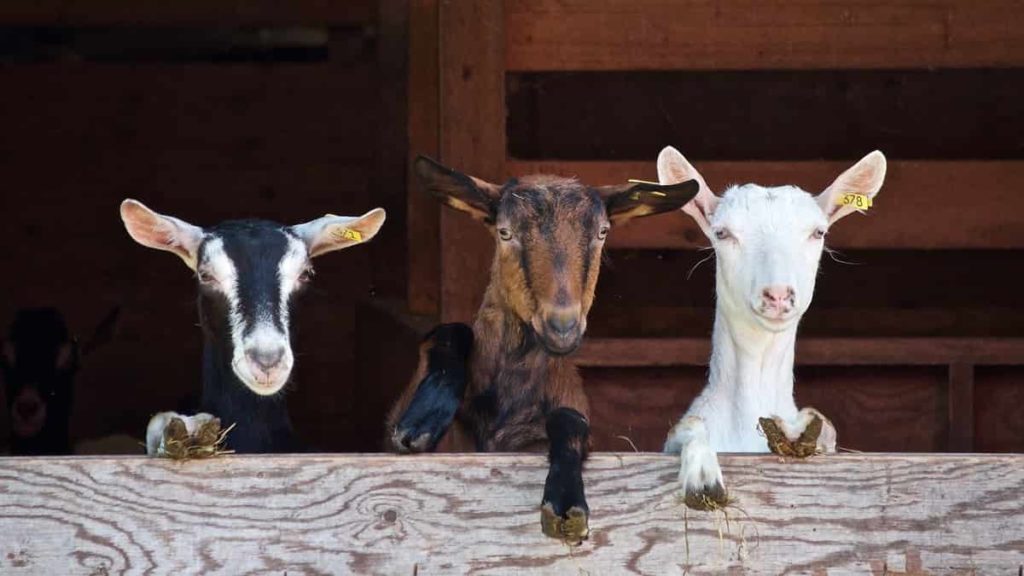
Insulated facilities are essential for winter. Simple warehouses or wildlife sanctuaries may be enough to have fun in the spring or early summer. Open front sheds, shelter belts, or windbreak fences are used for limited operations. Adult goats usually do not need an insulated or warm house except in severe weather conditions.
Breeding
Goats are natural breeders by nature and have their young in the spring season. Using various techniques, producers work hard to make fun of their goats throughout the year. With fall motivation and educational workshops/study groups, you encourage your members to equalize milk production throughout the year. Most goat farmers use rupees for breeding, but more farmers are looking for artificial insemination to improve their genetics.
Goat breeds for profitable goat farming in Canada
Goat is one of the most versatile breeds of livestock. Depending on their market product, Canadian breeders use special lines, like milk, meat, or fiber. Dairy goat breeds are selected to be the most efficient in producing milk. Market goat breeds are bred for their meat, called chevon, and goats used for fiber production are selectively bred for the quality of their skins and wool. Some breeds used for milk production are Saanen, Toggenburg, Lamancha, Alpine, and Nubian.
Pygmy goats are a small breed. They make milk that is high in butter. Their offspring can be raised for meat purposes, and they are also ideal companions and pets. Boer goats have been bred selectively for meat production. Angora and Cashmere goats are considered valuable for their fiber production. The Boer goat, introduced to Canada in the 1990s, is a breed specially developed for meat production. Most meat producers are now using Boer genetics, often crossing the Boer with dairy, fiber, and Spanish goats to obtain superior carcasses.
In case you missed it: Top 50 Goat Farming Tips, Ideas, and Techniques
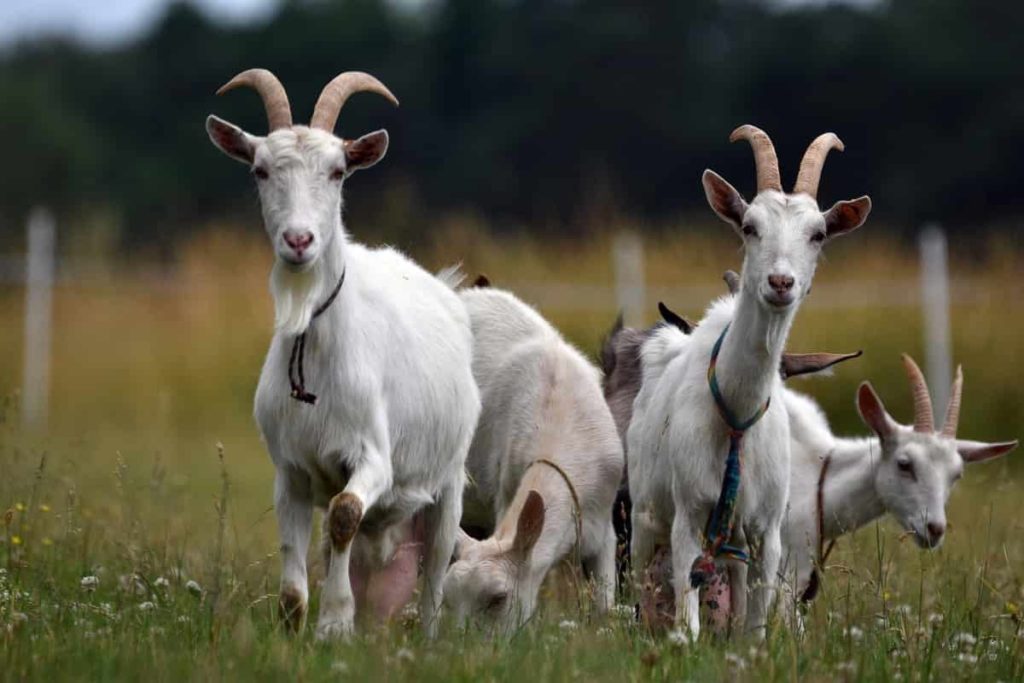
Spanish goats are also mainly meat breeds, but they can also be used for Cashmere production. The Alberta herd of goats also includes Kiko, Savannah, and Myotonic or Fainting goats. The main breeds of dairy are Alpine, Saanen, Toggenburg, Nubian, LaMancha and Oberhasli. Everyone has their attributes. Nubians, for example, are the “Jerseys” of goats whose milk is high in butterfat. The Saanens are the “Holsteins” of the goat world, producing the most milk on average.
A good breed goat gives 4 to 6 liters daily or 1200 liters of milk in 10 months. The Toggenburg goat breed is the oldest registered breed of any animal in the world. In Alberta, two breeds of goats are used to produce fiber. Angora goat produces fiber called mohair. Healthy, well-bred Angora goats have shiny, silky, white hairs that hang five to six inches in wavy curves all over their bodies. In Alberta, grapes are harvested twice a year, with each clip gaining an average of five pounds depending on age and size.
All goat breeds except cashmere goats make a fine down undercoat. Most breeds do not have enough cashmere to be considered a fiber goat, except for the Spanish goat, which is often called Spanish / Cashmere. Cashmere has a dull finish and a distinctive crimp shape and is usually cut with a combing, although large herds can slaughter their goats to save time.
The goat industry in Canada operates under the following categories, which include some common breeds;
- Milk (dairy) goat breeds – Alpine, Saanen, and Toggenburg
- Milk & Meat (dairy /meat – dual-purpose) goat breeds – Nubian and LaMancha
- Mohair & Meat (fiber, Chevon) – Angora and Cashmere
- Meat goat breed – (specialized meat breed) – Boer
- Pets & Meat (Pygmy)
Health care
Health management is an essential part of goat farming. It is necessary to improve the productivity of goats through goat management, such as general health management, parasite control, vaccine management, environmental management, and keeping proper records. Health management at the farm level involves taking adequate care of the health of pregnant doe, newborns, youth, and adults. Similarly, health management helps reduce newborn kids’ mortality rates and provides knowledge, skills, and practice to control infectious diseases.
In case you missed it: Dairy Goat Breeds, List, Milk Production, Breeding

Prevention is better than cure; a statement also applies to livestock. In healthy livestock, there is better immunity and faster recovery. But, if the livestock gets sick, the farmer will have to buy medicine, increasing the price. The disease must be treated faster. Otherwise, it will be more challenging to treat.
How many goats per acre can there be in Canada?
The goat is like a sheep. One acre of fertile soil is suitable for about six to eight goats. Since goats are browsers, not grazers, you need to ensure that the land you place them on contains the right kind of grass and vegetation.
Conclusion
If you live in Canada, this article may help you set up a commercial goat-farming business from scratch.
- Economical Aquaculture: A Guide to Low-Budget Fish Farming
- 15 Common Planting Errors That Can Doom Your Fruit Trees
- How to Make Houseplants Bushy: Effective Tips and Ideas
- Innovative Strategies for Boosting Coconut Pollination and Yield
- Pollination Strategies for Maximum Pumpkin Yield
- The Complete Guide to Chicken Fattening: Strategies for Maximum Growth
- Natural Solutions for Tulip Problems: 100% Effective Remedies for Leaf and Bulb-Related Issues
- Revolutionizing Citrus Preservation: Towards a Healthier, Greener Future
- Natural Solutions for Peony Leaf and Flower Problems: 100% Effective Remedies
- Maximizing Profits with Avocado Contract Farming in India: A Comprehensive Guide
- Natural Solutions for Hydrangea Problems: 100% Effective Remedies for Leaf and Flowers
- The Ultimate Guide to Choosing the Perfect Foliage Friend: Bringing Life Indoors
- From Sunlight to Sustainability: 15 Ways to Use Solar Technology in Agriculture
- The Ultimate Guide to Dong Tao Chicken: Exploring from History to Raising
- The Eco-Friendly Makeover: How to Convert Your Unused Swimming Pool into a Fish Pond
- Mastering the Art of Delaware Chicken Farming: Essentials for Healthy Backyard Flocks
- 20 Best Homemade Fertilizers for Money Plant: DIY Recipes and Application Methods
- How to Craft a Comprehensive Free-Range Chicken Farming Business Plan
- Brighten Your Flock: Raising Easter Egger Chickens for Beauty and Bounty
- How to Optimize Your Poultry Egg Farm Business Plan with These Strategies
- Subsidy for Spirulina Cultivation: How Indian Government Schemes Encouraging Spirulina Farmers
- Ultimate Guide to Raising Dominique Chickens: Breeding, Feeding, Egg-Production, and Care
- Mastering the Art of Raising Jersey Giant Chickens: Care, Feeding, and More
- Ultimate Guide to Raising Legbar Chickens: Breeding, Farming Practices, Diet, Egg-Production
- How to Raise Welsummer Chickens: A Comprehensive Guide for Beginners
- How to Protect Indoor Plants in Winter: A Comprehensive Guide
- Ultimate Guide to Grow Bag Gardening: Tips, Tricks, and Planting Ideas for Urban Gardeners
- Guide to Lotus Cultivation: How to Propagate, Plant, Grow, Care, Cost, and Profit
- Agriculture Drone Subsidy Scheme: Government Kisan Subsidy, License, and How to Apply Online
- Ultimate Guide to Raising Araucana Chickens: Breed Profile, Farming Economics, Diet, and Care
- Bringing Hydroponics to Classroom: Importance, Benefits of Learning for School Students
- Ultimate Guide to Raising Polish Chickens: Breed Profile, Farming Economics, Diet, and Care
- Ultimate Guide to Raising Australorp Chickens: Profile, Farming Economics, Egg Production, Diet, and Care
- Silkie Chicken Farming: Raising Practices, Varieties, Egg Production, Diet, and Care
- Sussex Chicken Farming: Raising Practices, Varieties, Egg Production, Diet and Care
- Homemade Feed Formulations for Livestock: Discover Cost-effective Starter to Finisher Feed Recipes
What size of land do you require to start a small goat (meat) farm?